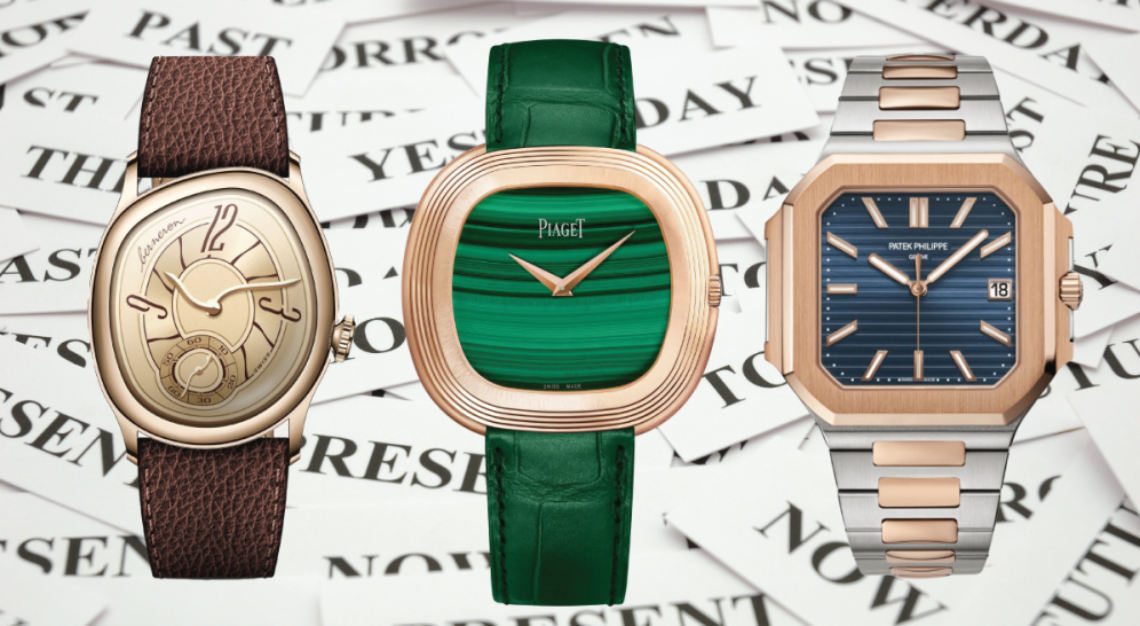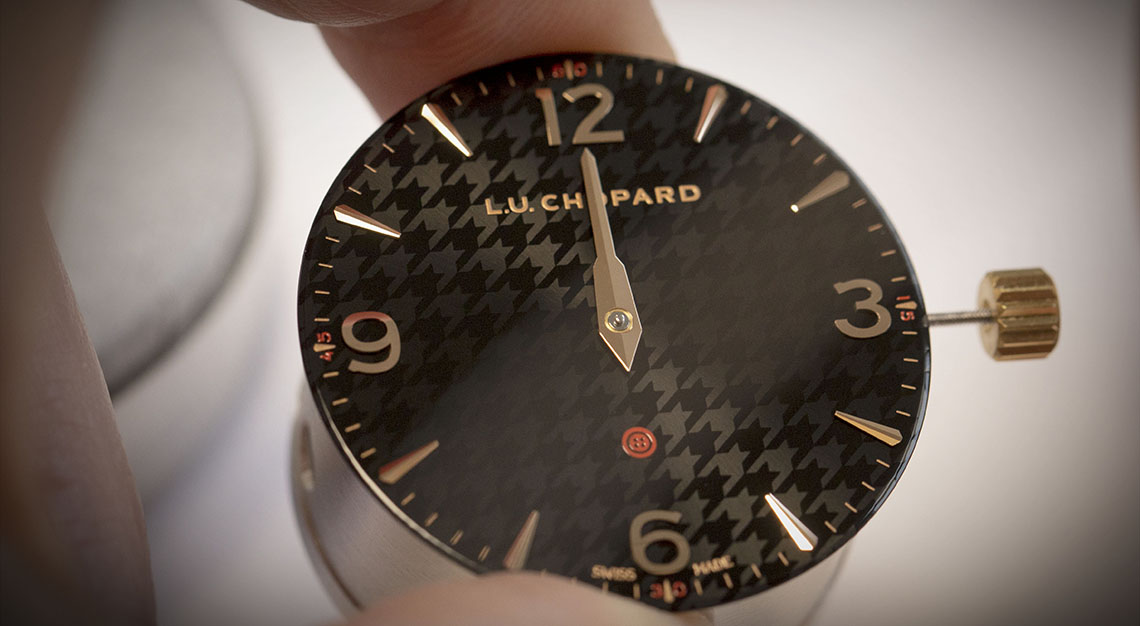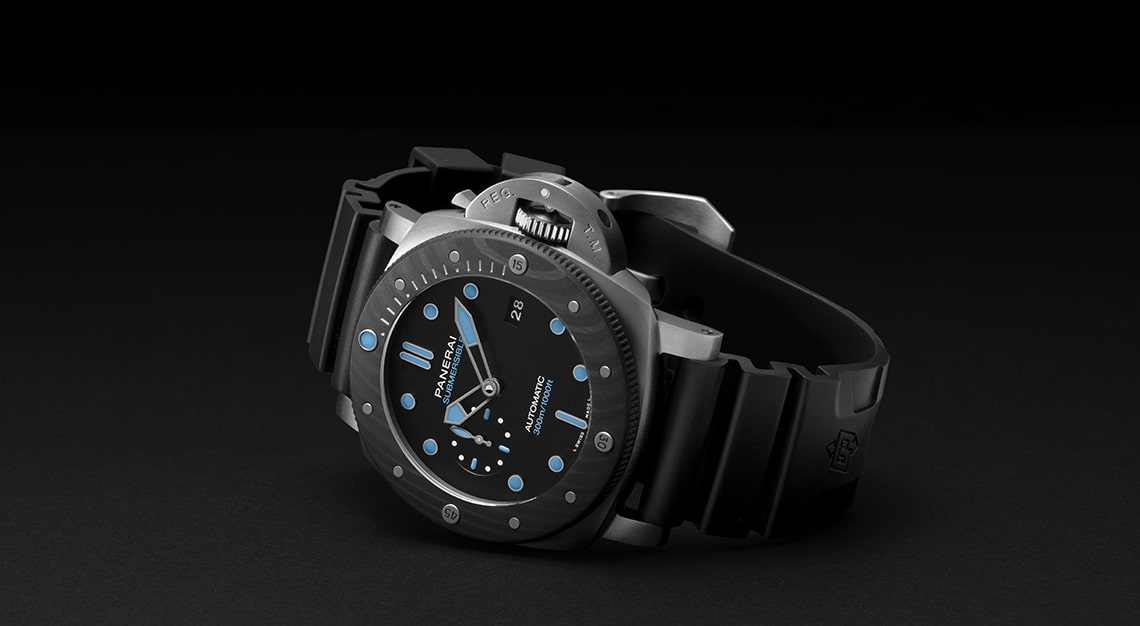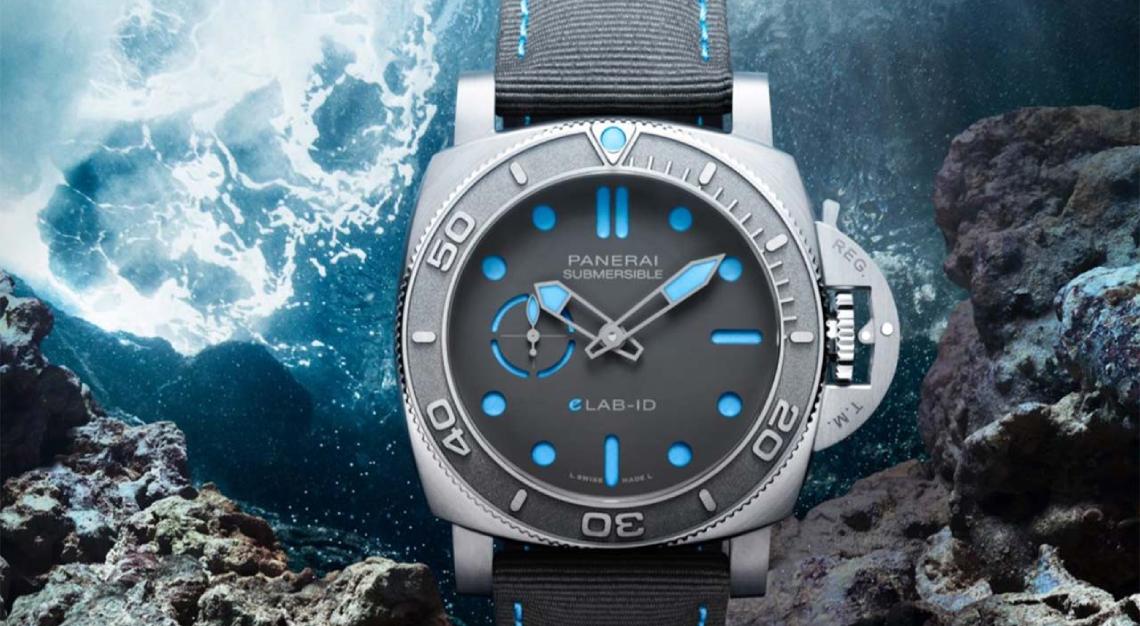Looking back on a wild year of horology, these are the big events that stood out
Decades from now, when members of the watch community look back at the year 2024, what will stand out as a defining moment? And what will five of those moments taken together say about the state of luxury watchmaking in the 2020s?
We have some ideas. For starters, we wouldn’t be surprised if this period were to go down in watch history as a golden age of independent watchmaking. Consider the talented makers who’ve made headlines this year—Rexhep Rexhepi, Kari Voutilainen, Sylvain Berneron—and how their standing in the industry seems to have reached an inflection point. The big groups are now seeking them out as partners while collectors seem willing to pay any amount of money, and wait as long as eight years, for their timepieces.
It’s likely that 2024 also will be remembered as the year fashion-forward buyers unequivocally eschewed basic round sport watches in favour of funkier, more individualised timepieces. Check out our item on the “shaped renaissance” below if you still need convincing.
Finally, we’re confident that the year will eventually be seen as the first to fully reflect the true arc of the pandemic in the watch trade: A surge in demand, much of it driven by speculative buyers, that peaked in 2022, and the reckoning that followed.
Below, more on the five “moments” that shaped the watch conversation in 2024.
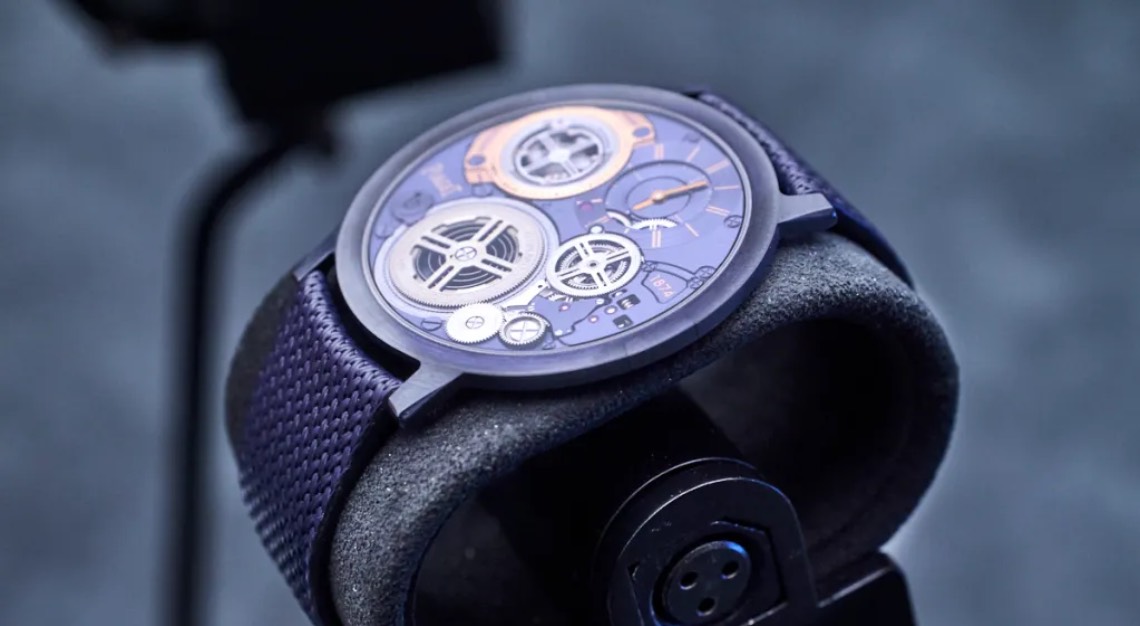
5. Piaget’s fabulous 150th anniversary
When a brand reaches the ripe old age of 150, a sesquicentennial celebration is in order. For Piaget, the party came in the form of a series of well-received product releases, kicking off with the launch of the Polo 79 in February, a redux version of the brand’s 1980s-defining gold Polo timepiece. At Watches and Wonders Geneva in April, Piaget unveiled the Altiplano Ultimate Concept Tourbillon, a wisp of a watch that’s as technically impressive as it is elegant. Finally, in November, Piaget introduced the pièce de résistance, the Andy Warhol “Clou de Paris,” a white-gold watch featuring a one-of-a-kind blue meteorite dial that nods to the brand’s signature use of ornamental stones and the model’s history as the “it” watch of the glitterati. At a festive lunch hosted by the brand last month in Geneva, Aurel Bacs, the renowned Phillips auctioneer who worked with Piaget on bringing the Warhol model to market, summed it up best: “If you like the ’70s, if you like Warhol, if you like the vibes, the art, the music, the fashion, this is the coolest thing of 2024.”
4. Chanel buys stake in MB&F
Few news items captured the state of independent watchmaking in 2024 better than the August announcement that Chanel had acquired a 25 per cent stake in MB&F, considered by many watch insiders to be one of the industry’s most influential makers. Founded by Maximilian Büsser in 2005, when independents were still thought of as the starving artists of the trade, the brand grew to enjoy a level of prominence that made it an attractive partner to a company as big as Chanel. When Büsser contemplated his succession strategy, the group seemed like a natural fit.
It wasn’t the first time that the corporate powers-that-be had expressed interest in the indie scene. Chanel, for one, already owns stakes in Romain Gauthier and F.P. Journe. And in 2023, Louis Vuitton collaborated with the Kosovo-born, Geneva-based Rexhepi on a co-branded watch, the LVRR-01 Chronographe à Sonnerie. But the Chanel-MB&F deal seemed to signal a turning point. Will the new year bring news of more acquisitions and collaborations, as independents look to scale their businesses and overcome supply-side challenges by teaming with big, group-owned brands? Will the hype over some makers fizzle out as buyers tighten their purse strings? Will most indies continue to sell, sell, sell, and be compelled, like Kari Voutilainen, to vertically integrate in order to maintain their freedom from corporate rule? All of the above? These are the questions!
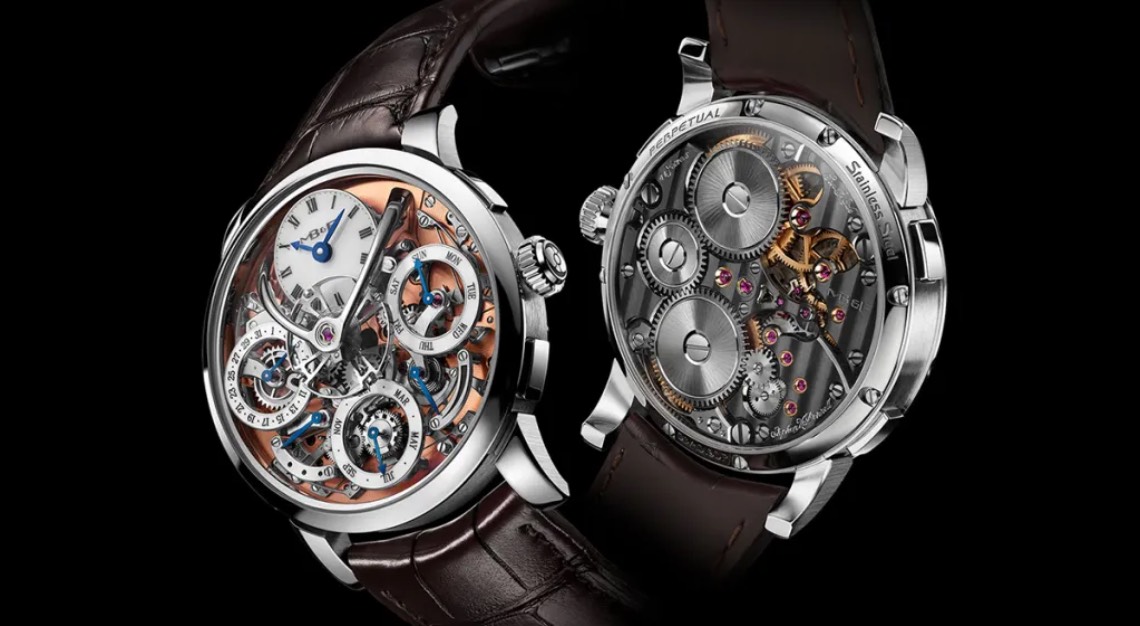
3. The Berneron Mirage, a poster child of the shaped-watch renaissance
Watch lovers disagree on many things, but on one point there seems to be almost universal agreement: Sylvain Berneron’s Mirage timepiece, an oval-ish watch in a bent-out-shape 18-karat gold case, was the year’s most dazzling introduction.
Hailed by collectors as a new icon in the shaped-watch category, the timepiece, which the independent watchmaker self-funded because suppliers were so reluctant to take on the risky project, was heralded as a symbol of a new era in watch design, away from conformist round steel sport models and toward idiosyncratic shaped styles with a distinct flair for design. Hear! Hear!
2. The Watches of Switzerland Group acquires Hodinkee
In a surprise move, the Watches of Switzerland Group, one of the world’s largest watch retailers with more than 220 multi-brand and brand stores in Britain and the United States, announced on Oct. 4 that it had acquired the watch enthusiast website Hodinkee.
Founded by Benjamin Clymer in 2008, the site had evolved into an influential platform for the world of mechanical watchmaking and included a magazine, a brand partnerships division, and an insurance business. While neither company disclosed the terms of the deal, recent reports have indicated the sale price was US$14.4 million.
That represents a steep discount, if you consider that at the height of its popularity, during the first two years of the pandemic, Hodinkee was valued at US$100 million, much of that based on the e-commerce business it had acquired when it purchased the pre-owned online watch retailer Crown & Caliber (recently bought) by European Watch Company) in 2021.
The new Hodinkee has a few things going for it (besides steady funding): Clymer, who’d stepped away from day-to-day operations in December 2020, is back full-time as the company’s president. And he’s vowed to return the site to its editorial roots, installing stalwart staff writer James Stacey as editor in chief. As he told The New York Times: “The goal is for it to continue to be the voice that defines the culture of watchmaking globally.”

1. The launch of the Patek Philippe Cubitus
It was the watch launch seen around the world. On 17 October 2024, at a party for some 600 people on the outskirts of Munich, the revered Swiss brand Patek Philippe introduced its first new family of watches in 25 years: the square-shaped Cubitus.
Conceived and designed by president Thierry Stern, who noted that he’d always wanted to produce a square watch, the new collection made waves around the watch world the weekend before the launch, when leaked images of the Cubitus ad campaign in Fortune magazine drew torrents of online criticism.
Some commenters complained about the similarities between the Cubitus and the reference 5711 Nautilus, Patek’s best-selling, and recently discontinued, sports watch. (“The use of the familiar Nautilus dial was one thing, but I think the use of the Nautilus bracelet as well, paints this exercise with a laziness brush, rather than one rooted in innovation,” wrote the blogger ScrewDownCrown.) Others noted the collection’s hefty pricing, especially in light of its younger target audience. (The Cubitus comes in three executions: a US$41,243 steel model with an olive-green dial, a US$61,276 rose-gold and steel model with a blue dial, and an US$88,380 platinum grand date edition with a blue dial.)
Now, two months into the Cubitus’s lifespan, the collection remains a hot topic of conversation among watch lovers, and though the industry is ambivalent about its eventual legacy, no one disputes the model’s selling power. Nor Patek’s ability to win hearts and minds.
This story was first published on Robb Report USA
